As technology embeds itself into the modern construction site as an indispensible tool it brings another set of problems, how to connect all those devices wirelessly.
On urban projects it isn’t always a huge problem.
Cellular connectivity works fairly well but there are often problems with "dead spots" as the central core rises and the structural steel is erected.
At remote sites, like Alberta’s oilsands or road building in Northern Ontario, connectivity becomes even more of an issue. Cellular coverage is spotty and there’s no hardwired backbone to tap into for web access.
OpenRoute OnSite Wi-Fi is a U.S.-based provider that offers a rugged solution specifically for the construction industry. It involves simply deploying their yellow boxes around the site and connecting them to existing Internet and power sources.
"It really is plug and play," said Lew Larson, vice-president of business development and sales for OpenRoute, which is based in Seattle, Wash. "You can have only one connection point because they can also run power over Ethernet and they’re designed so you don’t have to have an IT person on site. A savvy site manager can set them up."
The only infrastructure required is to string Ethernet cable to the box locations and connect to a base unit that is usually housed in a construction trailer. It then connects either by satellite or other available signals to the Internet itself. "We get 130 megabits per second (Mbps) on either five Ghz or 2.4 Ghz," he said. "Depending on location you get from 250 metres to 500 metres range from each box."
Companies can send their site location and maps to OpenRoute, which then can estimate how many boxes are needed and where they should be placed. They will also calculate what kind of terminal connection will be required.
One important consideration when placing one of the yellow boxes is good mesh links. The yellow boxes connect wirelessly and automatically, forming their own mesh network.
The mesh system was designed after 9-11. During a crisis, wireless communication systems in a densely packed location can become overwhelmed.
CoCo Communications of Seattle developed the concept of a purpose-built rapid deployment system for EMS and security agencies.
"They took existing standards and tweaked them so we have 802.11s which is a routing standard for meshing," Larson said, adding it was adopted by the U.S. Coastguard.
Once up and running CoCo looked for other sectors and OpenRoute licensed the technology to service the construction industry.
The need to provide Wi-Fi network coverage on sites has also prompted other companies to offer connectivity services but few are specific to construction. One innovation is a plan to reverse engineer the telemetrics built into heavy equipment that collects and transmits data about operating conditions, location and activity and convert the data into general Wi-Fi hotspots. It remains a design concept, however.
"Even in urban areas when you have the steel and core it creates a Faraday cage effect," Larson said, adding it is a phenomenon in which electromagnetic waves are deflected and blocked. "Also since most windows these days are e-coated it also presents a problem for wireless signals."
Power on construction sites isn’t usually a problem, Larson said, though there’s always human error.
"We’ve had instances where someone has unplugged a box to plug in their drill and shut the system down," he said.
OpenRoute hasn’t expanded to Canada yet, Larson said, but the company has had talks with companies in the oilsands. Those talks have since stalled since the price of crude impacted new development in the region.
Current clients include large construction companies in the U.S. such as Sellen Construction, Turner Construction, HITT Contracting, McCarthy Building Companies and Westfield Construction.
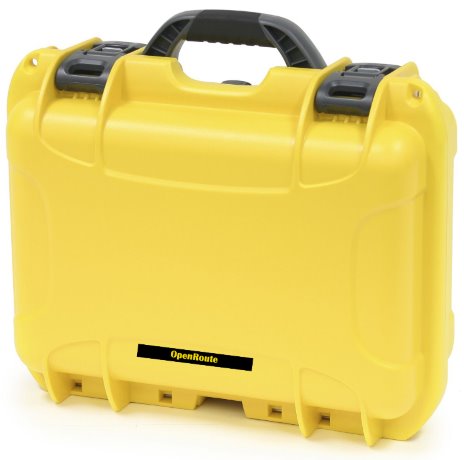


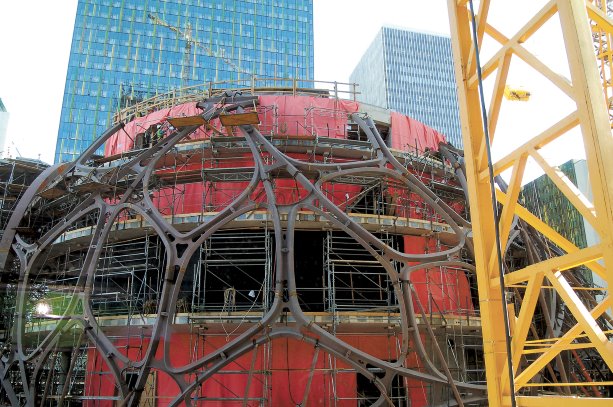
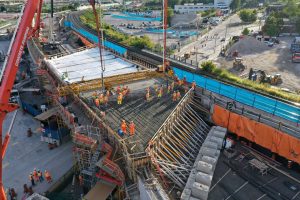



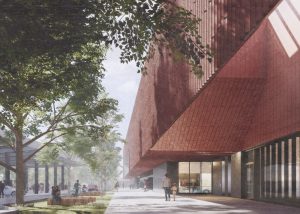
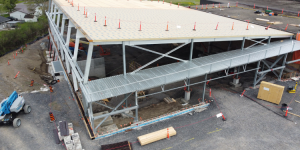


Recent Comments
comments for this post are closed